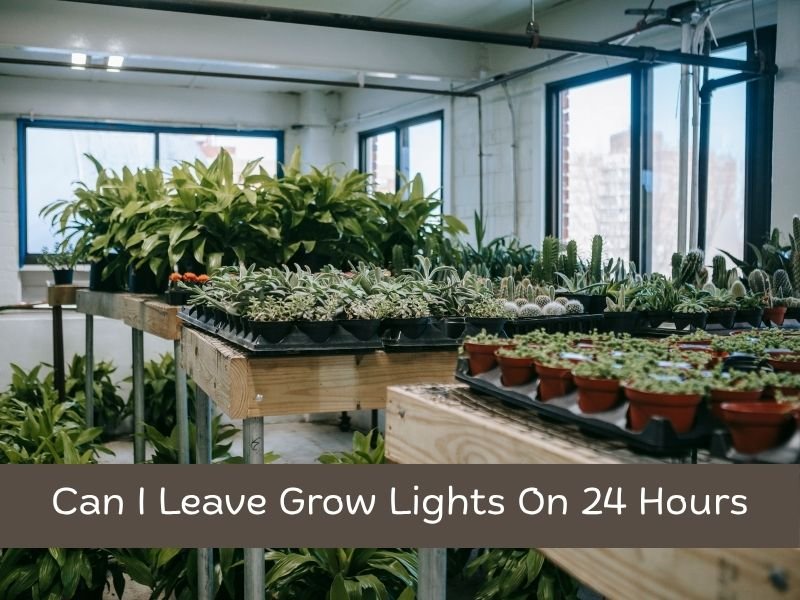Grow lights have revolutionised indoor gardening, making it possible to grow healthy plants year-round regardless of weather conditions, latitude, or access to natural sunlight. Whether you’re cultivating herbs on a kitchen windowsill, nurturing vegetable seedlings in a basement grow tent, or managing a commercial hydroponic setup, grow lights serve as an essential tool for supplementing or replacing sunlight entirely.
These artificial lighting systems, which come in various forms—such as fluorescent, high-pressure sodium (HPS), and increasingly popular energy-efficient LEDs—allow gardeners to control the intensity, spectrum, and duration of light exposure to suit specific plant needs. This level of control can result in faster growth, improved yields, and more consistent results compared to relying solely on natural light.
How Plants Use Light: Understanding Photosynthesis and Photoperiodism
Plants rely on light for photosynthesis, the process by which they convert light energy into chemical energy to fuel growth. However, light also influences other physiological processes through a phenomenon known as photoperiodism. Photoperiodism refers to how plants respond to the length of day and night, affecting flowering, dormancy, and other developmental stages.
Plants are generally categorized based on their photoperiodic responses:
- Short-day plants: Require longer nights to initiate flowering (e.g., chrysanthemums, poinsettias).
- Long-day plants: Flower when nights are shorter (e.g., spinach, lettuce).
- Day-neutral plants: Flowering is unaffected by day length (e.g., tomatoes, cucumbers).
Disrupting the natural light-dark cycle can interfere with these processes, leading to suboptimal growth or flowering.
Pros and Cons of Leaving Grow Lights On 24 Hours
Potential Benefits
Some growers consider continuous lighting to accelerate plant growth, especially during the vegetative stage. In theory, more light equates to more photosynthesis, leading to faster development. This approach can be particularly useful in regions with limited natural light or during the initial stages of plant growth.
Possible Drawbacks
Despite potential benefits, continuous lighting can have adverse effects:
- Stress on Plants: Plants require a period of darkness for respiration and other metabolic processes. Continuous light can disrupt these functions, leading to stress.
- Disrupted Photoperiodism: Altering the natural light-dark cycle can interfere with flowering and other developmental stages, particularly in photoperiod-sensitive plants.
- Increased Energy Costs: Running lights continuously increases electricity consumption, leading to higher costs.
- Heat Buildup: Some lighting systems generate heat, which can accumulate and harm plants if not managed properly.
Experts generally recommend providing plants with a balanced light-dark cycle to mimic natural conditions and promote healthy growth.
Ideal Light Cycles for Common Plant Types
Different plants and growth stages have varying light requirements:
- Seedlings and Clones: Often benefit from 16-18 hours of light per day to encourage root development and vegetative growth.
- Vegetative Stage: Plants like cannabis thrive under 18 hours of light and 6 hours of darkness (18/6 cycle) during this phase.
- Flowering Stage: A 12/12 light-dark cycle is typically used to induce flowering in photoperiod-sensitive plants.
Providing the appropriate light cycle for each stage ensures optimal growth and development.
When (If Ever) You Should Use 24-Hour Lighting
While not generally recommended, there are scenarios where 24-hour lighting might be beneficial:
- Cold Environments: Continuous lighting can provide additional warmth, aiding plant growth in cooler climates.
- Specific Plant Species: Some plants, like certain lettuce varieties, can tolerate or even benefit from continuous light without adverse effects.
However, these are exceptions rather than the rule, and continuous lighting should be used cautiously.
Alternatives to 24-Hour Lighting
Instead of continuous lighting, consider these alternatives:
- 18/6 or 20/4 Cycles: Providing 18-20 hours of light followed by 4-6 hours of darkness balances growth and rest periods.
- Using Timers: Automated timers can help maintain consistent light schedules, ensuring plants receive appropriate light and darkness.
- Adjusting Light Intensity: Modulating light intensity during different growth stages can optimise energy use and plant health.
These strategies support healthy plant development while conserving energy and reducing stress.
Expert Tips for Maximizing Grow Light Efficiency
If you’re trying to get the most out of your grow lights—whether you’re considering a 24-hour schedule or a more balanced approach—it’s important to think beyond just time. Efficiency, light quality, and plant compatibility all matter. Here are some expert-backed tips to help you maximise your grow light setup:
Choose the Right Light Spectrum
Not all light is created equal. Plants use specific wavelengths for different biological functions. Blue light supports vegetative growth, while red light is essential during the flowering stage. Full-spectrum LED lights, which mimic natural sunlight, are ideal for most plants. The U.S. Department of Energy recommends LEDs not only for their energy efficiency but also for their customizable spectrum options.
Adjust Light Distance
Too much light can be just as harmful as too little. If grow lights are too close to the plant canopy, they can cause light burn or overheating. On the other hand, lights placed too far away reduce intensity, leading to leggy, weak plants. Check your manufacturer’s recommendations and monitor plant responses regularly.
Install Timers and Smart Controllers
Manual lighting schedules are not sustainable over time. Timers help automate light cycles with precision. Smart grow light controllers can even adjust spectrum and intensity automatically based on time of day or plant growth stage. This ensures consistency and allows you to fine-tune without constant monitoring.
Keep Lights Clean and Cool
Dust accumulation on your light fixtures can reduce their efficiency. Periodically clean your lights to ensure maximum light output. Additionally, ensure your grow area has good ventilation. Overheating can stress plants, especially if you’re running lights for extended periods.
Use Reflective Surfaces
Maximize light efficiency by using reflective materials like Mylar or white paint on grow tent walls. This helps disperse light evenly and reduce waste.
Frequently Asked Questions
Will 24-hour light kill my plants?
Not necessarily, but it depends on the plant species. While seedlings might tolerate or even benefit from 24-hour lighting temporarily, most mature plants require a dark period for respiration and hormone regulation. Long-term exposure to continuous light can result in stress, leaf curling, or reduced growth.
Can autoflowers handle 24-hour light?
Autoflowering cannabis strains are genetically programmed to flower regardless of light cycles. Some growers successfully use 24-hour light with autoflowers to maximize yield. However, many still prefer an 18/6 schedule, believing that the dark period helps with root development and plant recovery. According to growers’ forums and research collected by Leafly, both schedules can work, but plant health should guide your choice.
What’s the cheapest lighting schedule?
From an energy standpoint, shorter light cycles like 12/12 or 18/6 reduce electricity use compared to a full 24-hour cycle. Using energy-efficient LED grow lights and running them during off-peak hours can also cut costs. Sites like EnergySage offer calculators to help estimate grow light energy use and cost savings.
Do all plants need darkness?
Most do. Darkness plays a role in key biological processes like respiration and the production of growth hormones such as auxins. Plants that don’t get enough darkness may experience stunted growth, reduced flowering, or chlorosis (yellowing leaves). Exceptions exist, but these are usually limited to specific crops under controlled conditions.
Conclusion
So, can you leave grow lights on 24 hours a day? Technically, yes—but with significant caveats. While certain scenarios and plant types can tolerate or even benefit from continuous lighting, most plants thrive with a balance of light and darkness. Nature designed them to grow under a cycle that includes rest, and ignoring that rhythm can lead to diminished returns or even plant damage.
Whether you’re growing lettuce, herbs, cannabis, or ornamentals, it’s best to understand the unique light needs of each plant. Implementing consistent light cycles, using timers, and monitoring plant response will provide far better results than simply maxing out your light schedule.






